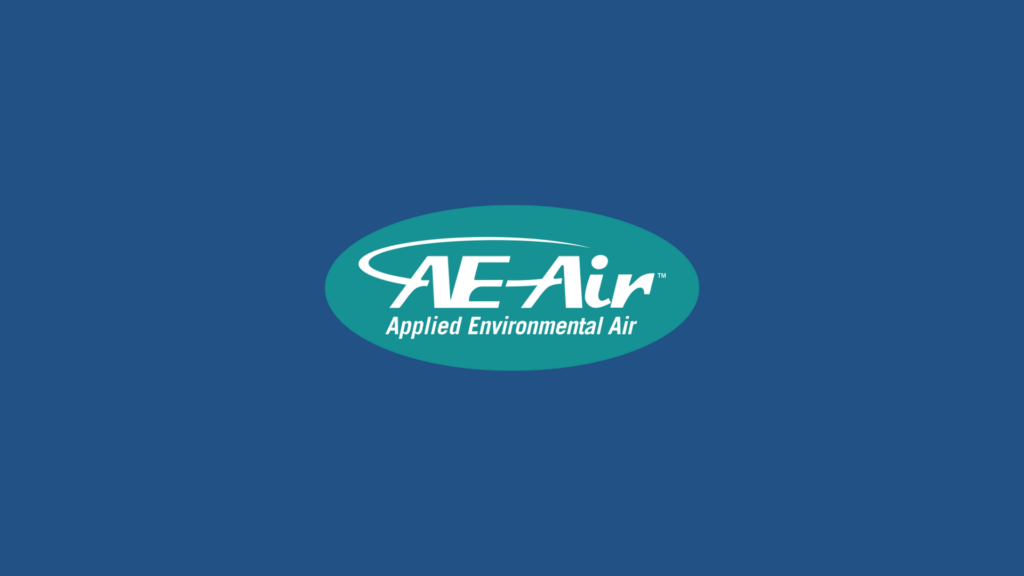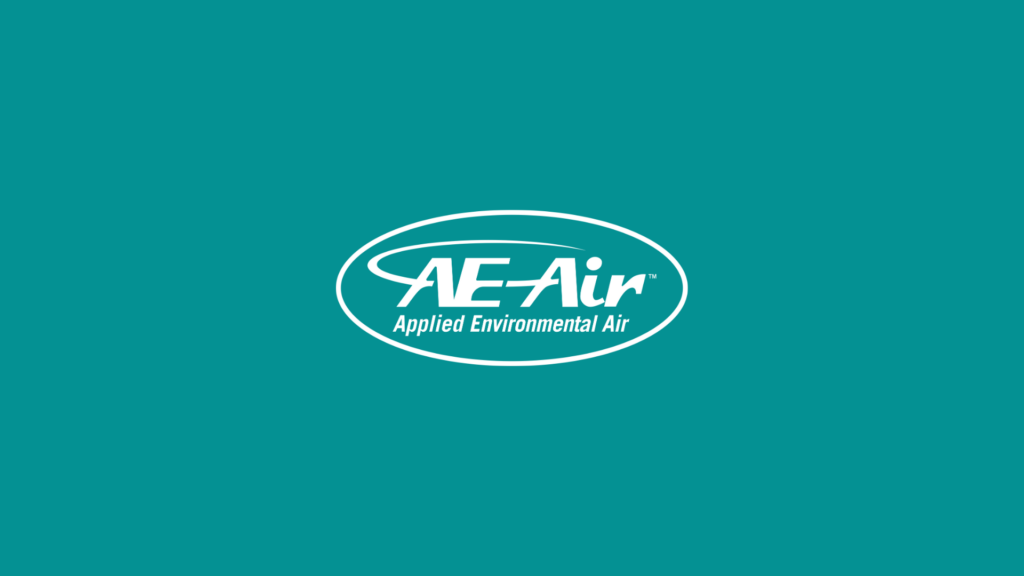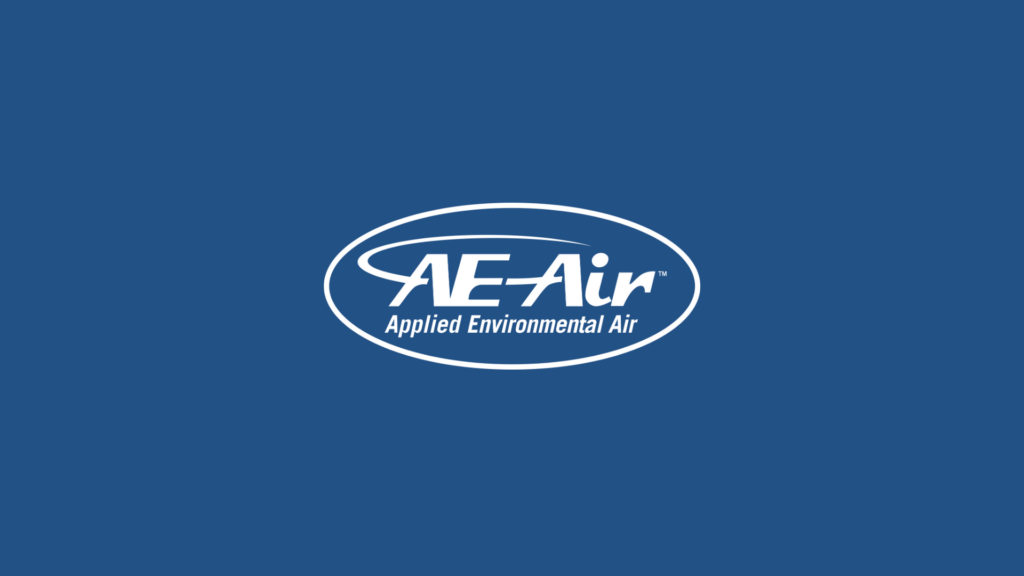Introduction
When it comes to ensuring efficient climate control, applied air systems stand out as a powerful solution in the HVAC world. Designed to meet diverse installation needs, these systems optimize air movement within large-scale projects, making them invaluable for engineers, developers, and architects. They cater to the specific demands of sizable structures, providing a level of flexibility and performance that traditional systems often struggle to match.
Energy efficiency isn’t just a trend; it’s a necessity in today’s construction projects. The right HVAC system can make a significant difference in energy consumption, impacting both costs and environmental footprint. By harnessing applied air systems, large-scale developments can achieve optimal efficiency and maintain comfortable atmospheres across various building designs. This integration helps reduce energy usage, which in turn can lead to substantial cost savings over time. Understanding how applied air systems contribute to energy efficiency is key to their effective implementation.
Understanding Applied Air Systems
Applied air systems differ from traditional HVAC setups in several ways, offering unique features that serve specific construction needs. At their core, these systems consist of components like air handlers, chillers, and ductwork configured in a way that maximizes flexibility for different building layouts. Unlike conventional systems, applied air configurations can be tailored to meet the precise requirements of the space, whether it’s an office building, a shopping mall, or an industrial warehouse.
One major advantage of applied air systems is their adaptability to diverse environments. They’re especially effective in settings where large volumes of air need to be managed efficiently, allowing for even temperature distribution across vast areas. This adaptability ensures that the systems can deliver consistent performance, no matter the project’s scale or complexity. For example, in a multi-story commercial space, applied air systems can be adjusted to suit the needs of each floor, ensuring optimal comfort for all occupants.
These systems also excel in environments where traditional HVAC systems might struggle. They can be installed in unconventional orientations and challenging spaces, making them ideal for projects with limited design flexibility. Understanding these systems involves recognizing their unique installation methods and their capability to integrate seamlessly into complex designs, providing solutions where other systems might fall short.
By embracing applied air systems, developers and engineers can leverage a powerful tool that enhances control over the building environment. This control is crucial in crafting efficient, comfortable spaces that align with modern energy standards and expectations. With this understanding, coupled with proper installation and maintenance, applied air systems can transform how large structures manage their climate, offering a sustainable and efficient approach to HVAC challenges.
Advantages of Leveraging Applied Air Systems
Exploring the advantages of applied air systems reveals several compelling benefits that developers and engineers can harness in large-scale projects. One major benefit is the enhanced energy efficiency they provide, which can result in significant cost savings over time. By optimizing air distribution and control, these systems reduce energy consumption, leading to lower utility bills and a smaller environmental footprint.
In addition to energy savings, applied air systems improve indoor air quality and comfort levels, which are critical in maintaining healthy environments. They help manage humidity, control temperature, and ensure fresh air circulation, creating a more pleasant indoor atmosphere. This leads to increased satisfaction among building occupants, making these systems particularly desirable in settings like offices, hospitals, and schools, where comfort directly impacts productivity and well-being.
Moreover, the flexibility and ease of installation associated with applied air systems make them a practical choice for various building types. Whether dealing with new constructions or renovations, these systems can be adapted to suit multiple architectural configurations. For instance, they can be installed horizontally or vertically, fitting snugly into basements or ceilings, depending on space constraints. This versatility simplifies the installation process and reduces the need for significant structural changes, saving both time and resources.
Optimizing Applied Air Systems for Maximum Efficiency
Achieving maximum efficiency from applied air systems involves several critical steps. Proper installation and set-up lay the foundation for system performance. Working with skilled professionals ensures that every component is correctly placed and calibrated, allowing the system to function smoothly right from the start. This precision minimizes potential issues that could compromise efficiency later on.
Regular maintenance is another key factor in keeping these systems running at peak performance. Scheduling routine check-ups helps identify and address minor problems before they escalate, reducing the risk of breakdowns and prolonging the system’s lifespan. Maintenance tasks typically include cleaning air filters, inspecting ductwork for leaks, and checking the condition of moving parts.
For those looking to enhance system performance further, upgrades and retrofitting options are available. These improvements might involve integrating smart controls for more precise temperature management or replacing outdated components with more advanced technologies. Opting for such enhancements can significantly boost system efficiency, translating into greater energy savings and improved operational costs.
Real-World Applications and Insights
In practice, applied air systems have demonstrated their effectiveness across numerous settings. From educational institutions to commercial facilities, these systems have delivered reliable climate control tailored to diverse needs. For instance, a large corporate office might utilize these systems to maintain different temperature zones across its floors, ensuring each work area remains comfortable throughout the day.
Successful implementations of applied air systems often highlight practical insights. One key observation is the importance of customized design approaches to meet specific project requirements. Balancing initial costs with long-term operational benefits is another crucial aspect emphasized by experienced project managers. Lessons learned from real-world applications underscore the value of flexibility and foresight in system design.
Unlocking Future Potential
As we look to the future, applied air systems continue to offer exciting possibilities in the quest for greater energy efficiency and indoor comfort. Embracing this technology means investing in a solution that not only meets immediate needs but also adapts to evolving demands. With ongoing advancements and a focus on sustainable practices, these systems remain a wise choice for anyone aiming to create efficient, adaptable, and comfortable environments. Through careful planning and continuous optimization, applied air systems can significantly contribute to achieving these goals.
To maximize the benefits of applied air systems in your projects, explore how AE Air’s range of solutions can meet your specific needs. Check out our options for applied air systems and discover how we can help you achieve exceptional energy efficiency and climate control results.



